Chord Primer
Inversions and Bass Lines
Description
To this point, all the chords we’ve seen have the root of the chord as the lowest note. That’s called root position. But what if we changed up the order of the notes?
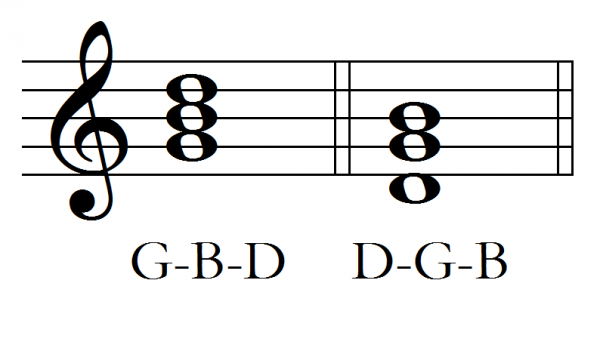
Is the second chord the same as the first? In one way, yes: all the members of the chord are the same, like keeping the same team on the court and just changing up their order. But there’s one important difference: the bass.
The melody is of first importance, of course. But the bass line is essential too. You can think of it like a secondary melody. Good arrangers and composers pay careful attention to the bass line, and that means they want to be able to treat it like a melody. That’s where inversions come in.
Inversions show what note is in the bass. If there’s no inversion, the chord is in root position (the root of the chord is in the bass).
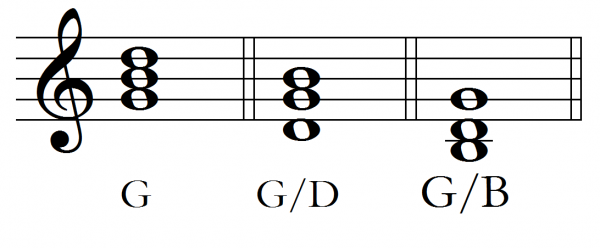
Here are more examples:
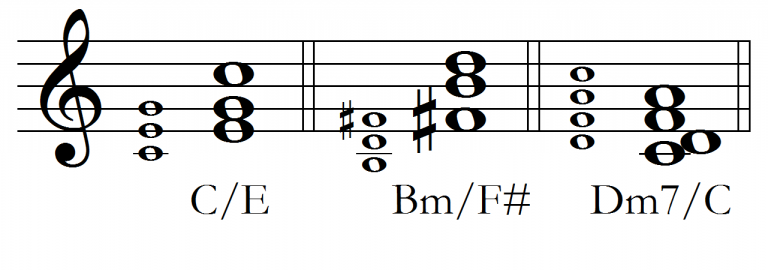
If these inversions seem like just an added complication, listen to the following examples.
First, here’s a recording of “Holy, Holy, Holy” played with only root position chords. The chord chart is listed below.
“Holy, Holy, Holy” – root-position chords only
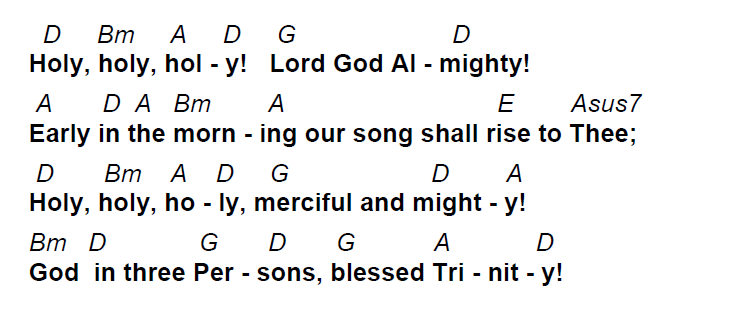
Now listen to the verse played with several chord inversions and follow along with the chord chart. The bass line is emphasized so you can hear how it moves.
“Holy, Holy, Holy” – with inversions
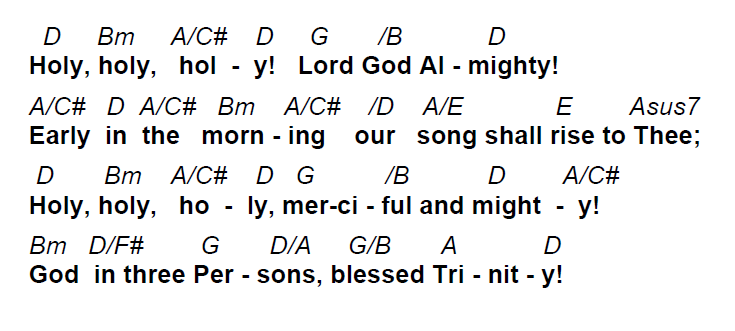
Other uses
Inversions can also be incredibly helpful for sharing voicings between instruments. Suppose you’re asked to play a Gmaj7. You could play it as written. But look at the top three notes: they form a B minor chord. If you want to play a B minor chord and let the bass player add the G, you could write the chord as Bm/G.
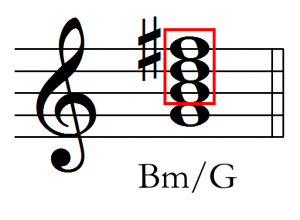
In the same way, you can write and play Fmaj7 as Am/F – you play an Am chord, and the bass plays an F.
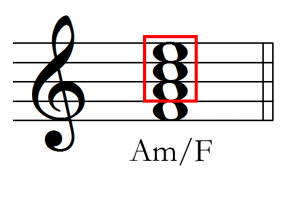
So sometimes the bass note is more than an inversion – it’s a whole different way of building the chord.
More to come soon. Stay tuned. [rimshot]
When you've completed the lesson, click the "Mark Complete" button to move on. If that button is missing, it's because you've already completed this lesson.
